Rwanda: Culture, landscapes and mountain gorillas
December 30, 2013: Volcanoes National Park Rwanda
It was a surprisingly smooth ride from Kigali to Volcanoes National Park. Apparently China has started investing heavily in Rwanda and recently built 80 per cent of the country’s roadways, though this is of little use to the local population who has no disposable income for luxuries such as transportation. It was just us and the beer trucks, winding our way through mountainous jungle, offering great views of local farm communities and culture. Our guide explained some of the differences between city and country living in Rwanda. Life in the country is much more primitive. Electricity is too expensive to run to most farm houses, though that doesn’t stop the locals from carrying cell phones as people will go into the closest town to charge their devices. Women here are oppressed and powerless, which keeps the national divorce rate to almost zero.
The impressive strength of womens’ spines, carrying up to two bags of potatoes on their heads.
We stopped for a quick bite in Musanze (better known as Ruhengeri) for lunch. Will and I broke our ‘only eat vegetarian while traveling’ rule, and ordered chicken. Big mistake. Pretty sure they killed the chicken right after we ordered because it took almost three hours, and when it did arrive, we couldn’t figure out how to get the meat off the bone. I’m still uncertain if this was because the chicken was overcooked or we simply did not have the culinary expertise to eat a chicken in the absence of hormones or antibiotics. Regardless, this restaurant had some great children’s toys to keep us entertained…
From here we made our way to our hostel in the heart of the Volcanoes National Park.
Volcanoes National Park, view from hostel gardens.
New Year’s Eve 2013 - Gorilla Trekking time!
There are ten gorilla families in Rwanda, and some of their territories are much more challenging to reach than others. So the group was divided and assigned a gorilla family according to physical ability. We were paired with the Susa family, which happened to be the mountain gorilla family that American zoologist Dian Fossey had been doing research on. We learned about the family member’s names, ranks and offspring, and a few interesting gorilla facts. One of the most interesting facts is that each female of the family belongs with only one of the males, while the dominant silverback has the most female partners. However, when the female is in heat, she will often go behind her partner’s back and mate with the other males of the group. When the baby gorilla is born each of the males thinks it is his offspring, offering the infant more protection and increasing its chance of survival.
We also learned about conservation efforts to prevent poaching. The old technique of capture and punishment proved to be ineffective in decreasing the incidents of poaching, so a new strategy is being implemented. The rural communities were being educated on how gorilla tourism supports the local economy. Gorillas are one of the few natural resources Rwanda has, and right or wrong, they exploit them through tourism. Poachers are trained to be porters for the gorilla trekkers. As a tourist you can pay $10 to have a porter carry your day pack and some water for you. Once a now ex-poacher proves themselves concientious of gorilla conservation, they will be trained as trackers. A pair of trackers is sent up the mountain before the tour group to find the location of the gorillas within their territory so the tour group isn’t wandering through the jungle to find them. This educational method has significantly reduced poaching in Rwanda, and though we didn’t need a porter to help us carry a day pack, we were happy to use one and support the program.
As a final procedure, we were briefed on a few rules when approached by gorillas:
1. Stay seven meters away at all times.
2. If they approach you move out of their way.
3. If one becomes aggressive towards you don’t run! Crouch down and make a low pitched non aggressive throat sound (essentially present yourself as the non-dominant species that you are).
Once our expectations were set for the day, we drove through the back country, past some poor farming homesteads to the base of our climb. We were chased like rock stars by the local children, running after the vehicles asking for money and “chupa” which are empty water bottles so they can take water to school.
To our disappointment our guide discouraged us from handing out our water bottles as there are no disposal services in the country so the bottles end up as litter everywhere and pollute the country. The government here tries to curb the amount of waste by promoting local trades and limiting imports. Surprisingly, this seemed to be working quite well. The beauty of the rural landscapes were never tainted by piles of trash.
We started climbing to the edge of the jungle up steep, rugged farm land – a far cry from the fertile prairie soils I grew up on. Here there is a constant struggle between preserving the jungle and expanding farm lands. Even with the current boundaries the gorillas will occasionally leave the jungle to feed on crops – posing a threat to both the farmer’s income and the gorilla’s lives. Clear-cutting more of the jungle and encroaching on the gorilla’s territory only furthers the problem, though the farmers will occasionally ignore the laws and take the land expansion upon themselves. There is a real problem trying to balance the land to meet the needs of both species.
When we reached the edge of the jungle we were reminded of the aforementioned gorilla safety procedures, and given useful tips such as how to avoid fire ants and stinging nettles if you have to use the jungle ‘facilities.’ Lastly, we were instructed to follow in a tight line as protection from the wild buffalo, the most dangerous and temperamental of all African species and the real reason our guards carried semi-automatic weapons.
We had a several hour strenuous climb through some of the thickest and most ruggedly beautiful terrain. We dropped our packs about 100 meters from the resting gorilla family, not really sure what we were walking into. We weren’t 10 meters from our packs when the guide turned around, pushing us tight to the trees saying ‘stay to the side, one is coming up behind you’ just as a massive black back gorilla slowly crawls by us on the narrow jungle trail, nearly brushing shoulders as he passed (blackback gorillas are male gorilla between the ages of 8 and 12, before he reaches full maturity and obtains his silver back hair). This sort of freaked out excitement lasted the entire hour we spent with the gorillas, especially when the giant silverback would shift slightly, he was quite an intimidating beast!
You can identify a gorilla by their unique nose patterns the same as you can identify humans by their fingerprints.
The baby gorillas were super curious and playful, coming right up to you, beating their chests to show you how tough they are.
There was one moment we almost got a guaranteed viral video as an ignorant tourist (who didn’t stop talking about Dian Fossey the entire time) ignored the gorilla interaction rules (these are still wild animals), and bent down to invite a baby gorilla to approach her. Will seized the opportunity, thinking for sure this would be the ‘baby gorilla bites tourist’s arm' viral video. Fortunate (or unfortunately?) the guide noticed what was about to happen and chased the baby gorilla away before anything happened.
However, the highlight was most certainly the mating ritual we witnessed. Our guide recognized the initial advancements immediately and explained the phases. A female will initiate copulation first with prolonged eye contact. This particular female sat starting at the 600lbs and intensely intimidating silverback for near 20 minutes to no avail. He completely ignored her and her antics.
She then upped her game, getting right in his face, pursing her lips into a sort of gorilla ‘duck face.’ He still didn’t take the hint, so she slapped the ground in front of her in a sort of ‘NOTICE ME’ desperation.
Well, he begrudgingly gave in …
Notice his not so subtle, ‘move along now, we’re done here’ mannerisms. No pillow talk for this big guy.
The whole experience was pretty surreal, and we have no regrets despite the insane price tag (I’ve heard the experience has doubled in price since 2014). I would highly recommend Rwanda and gorilla trekking for anyone visiting East Africa.


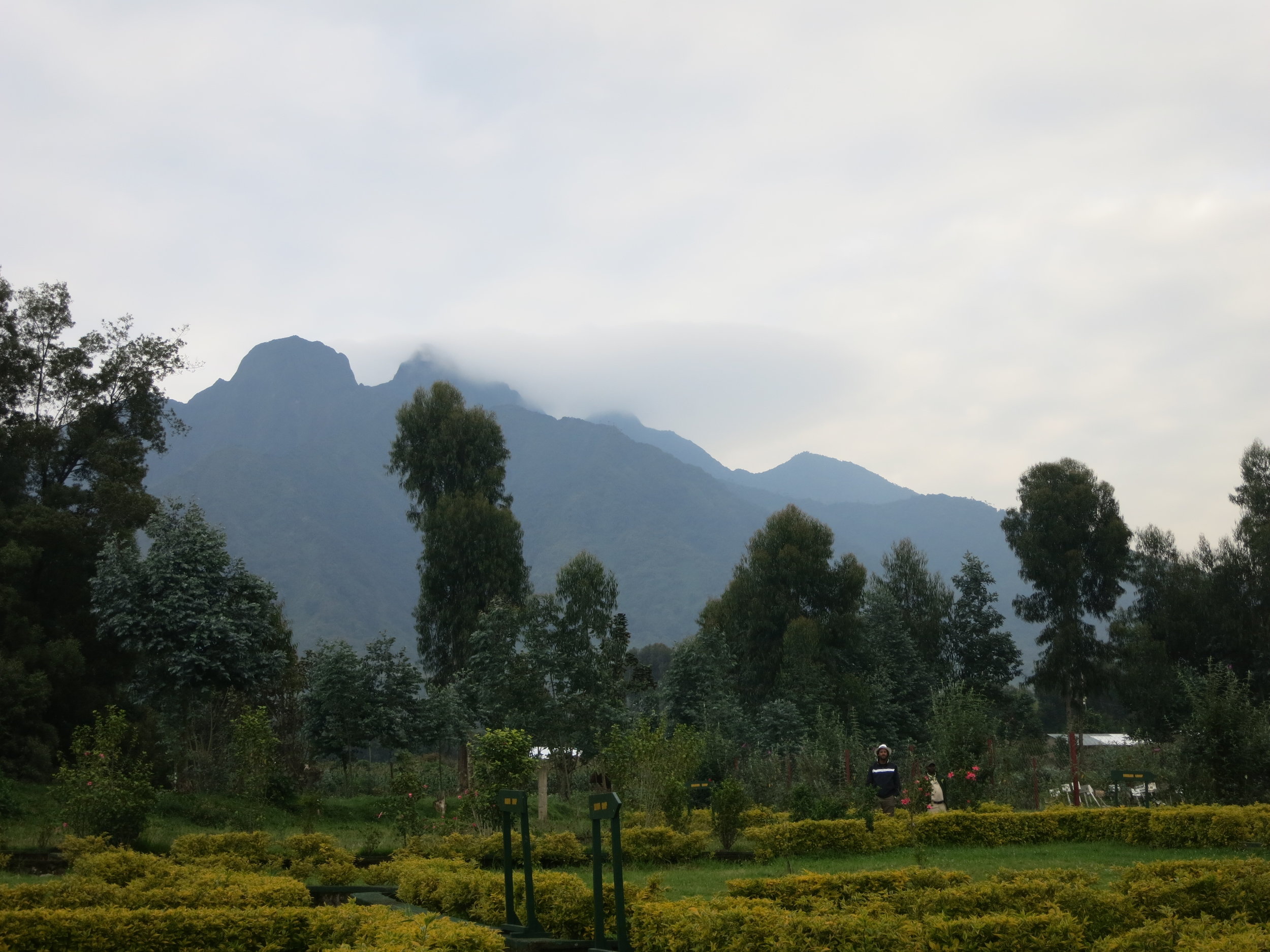



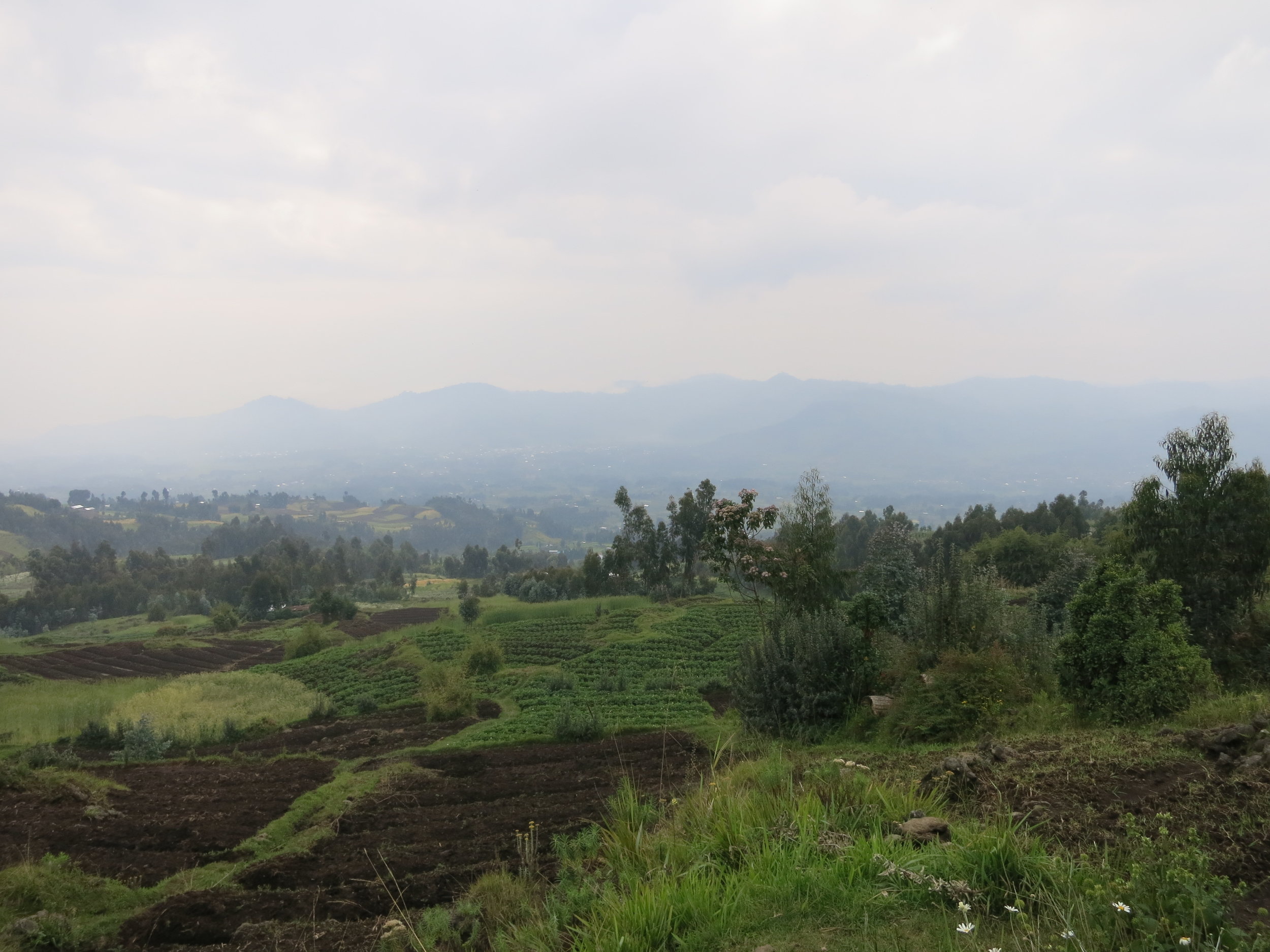





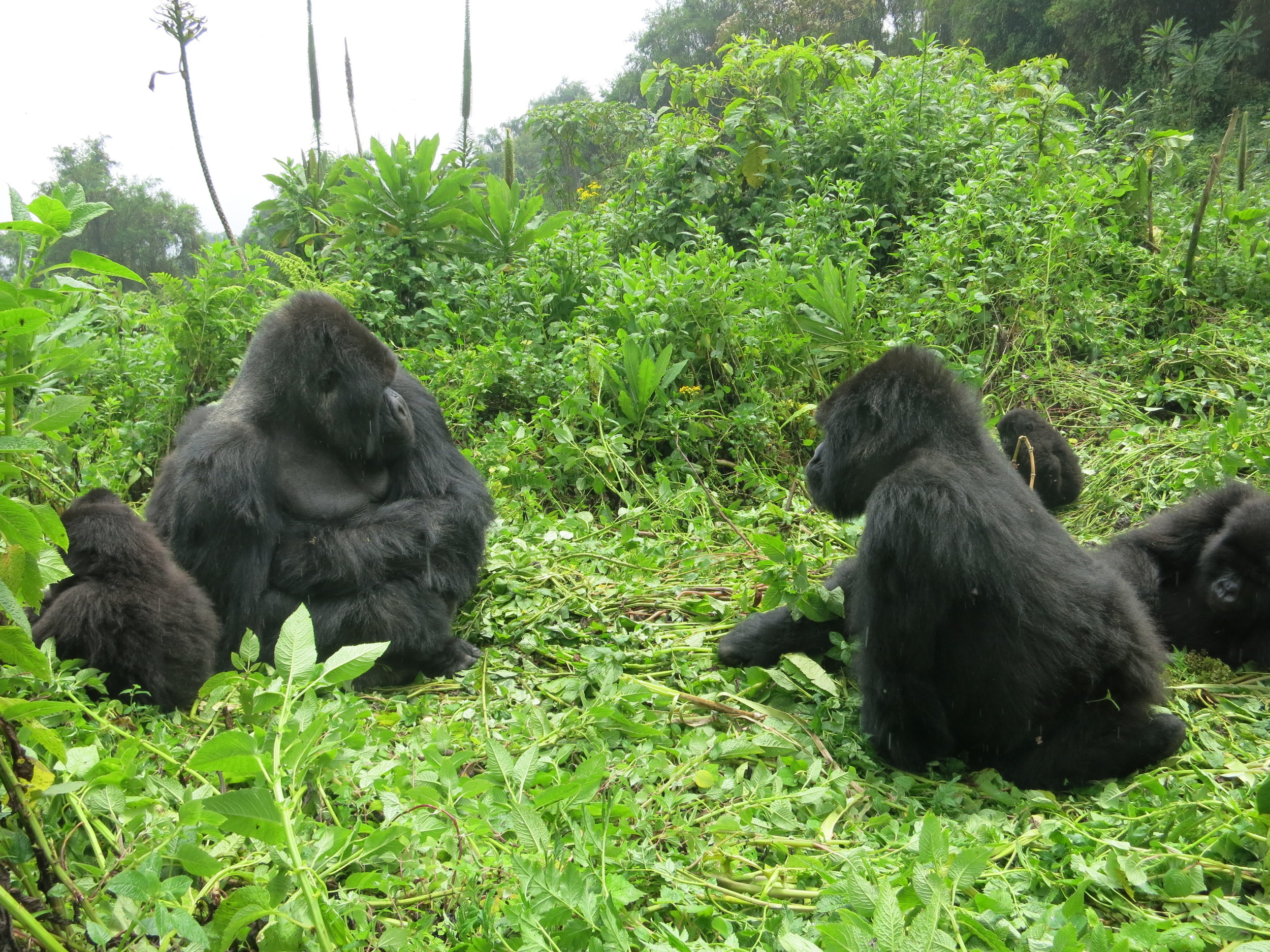




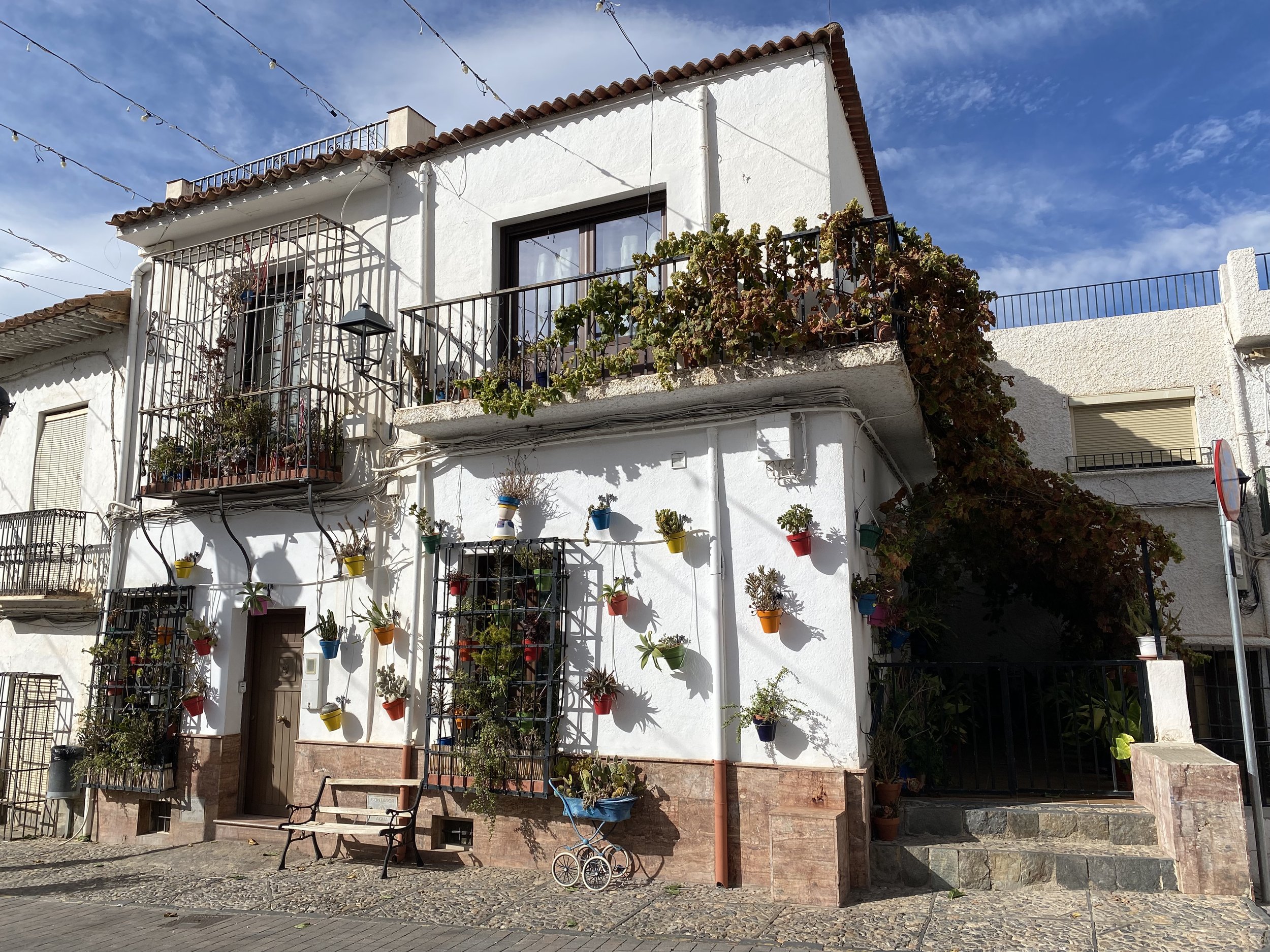
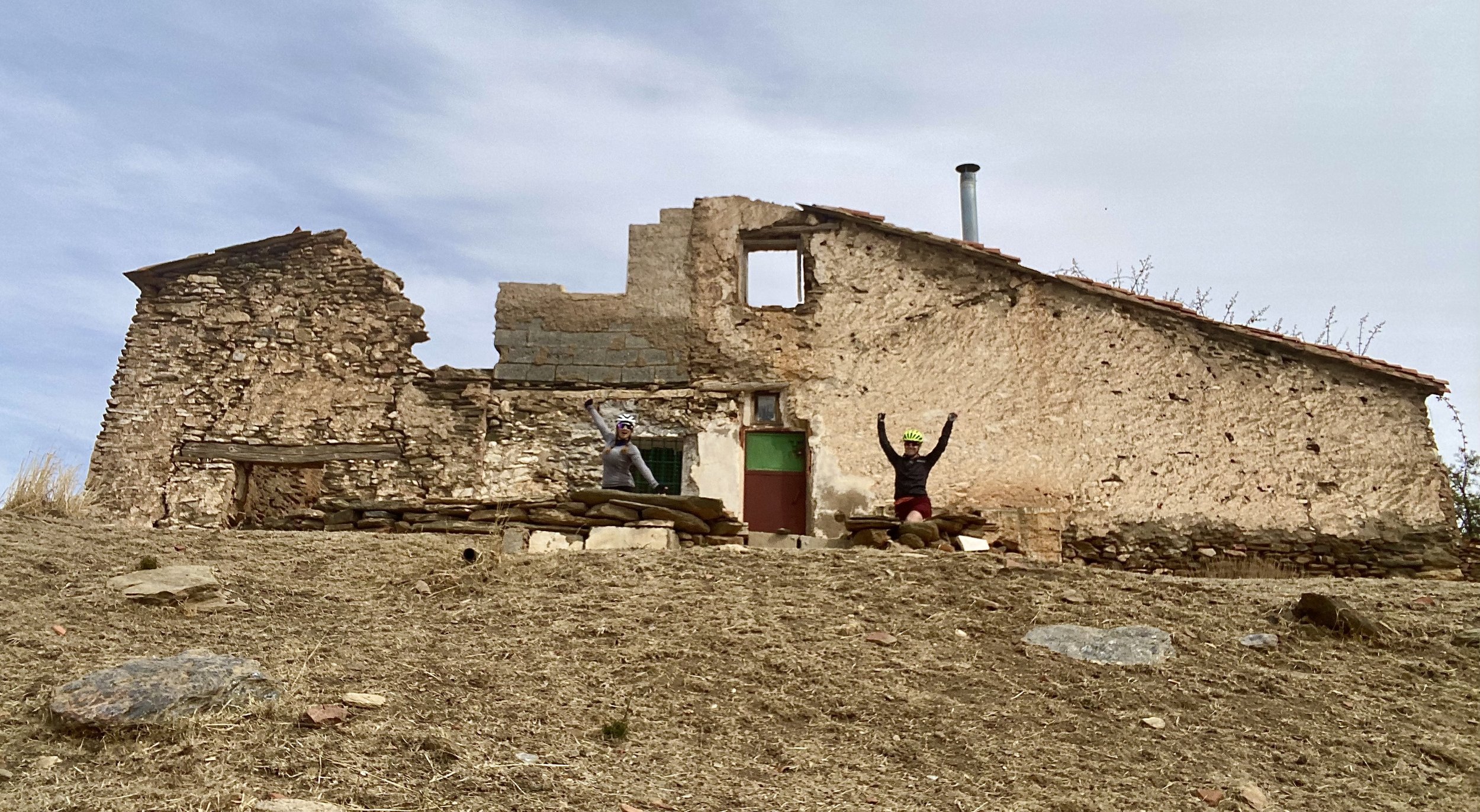
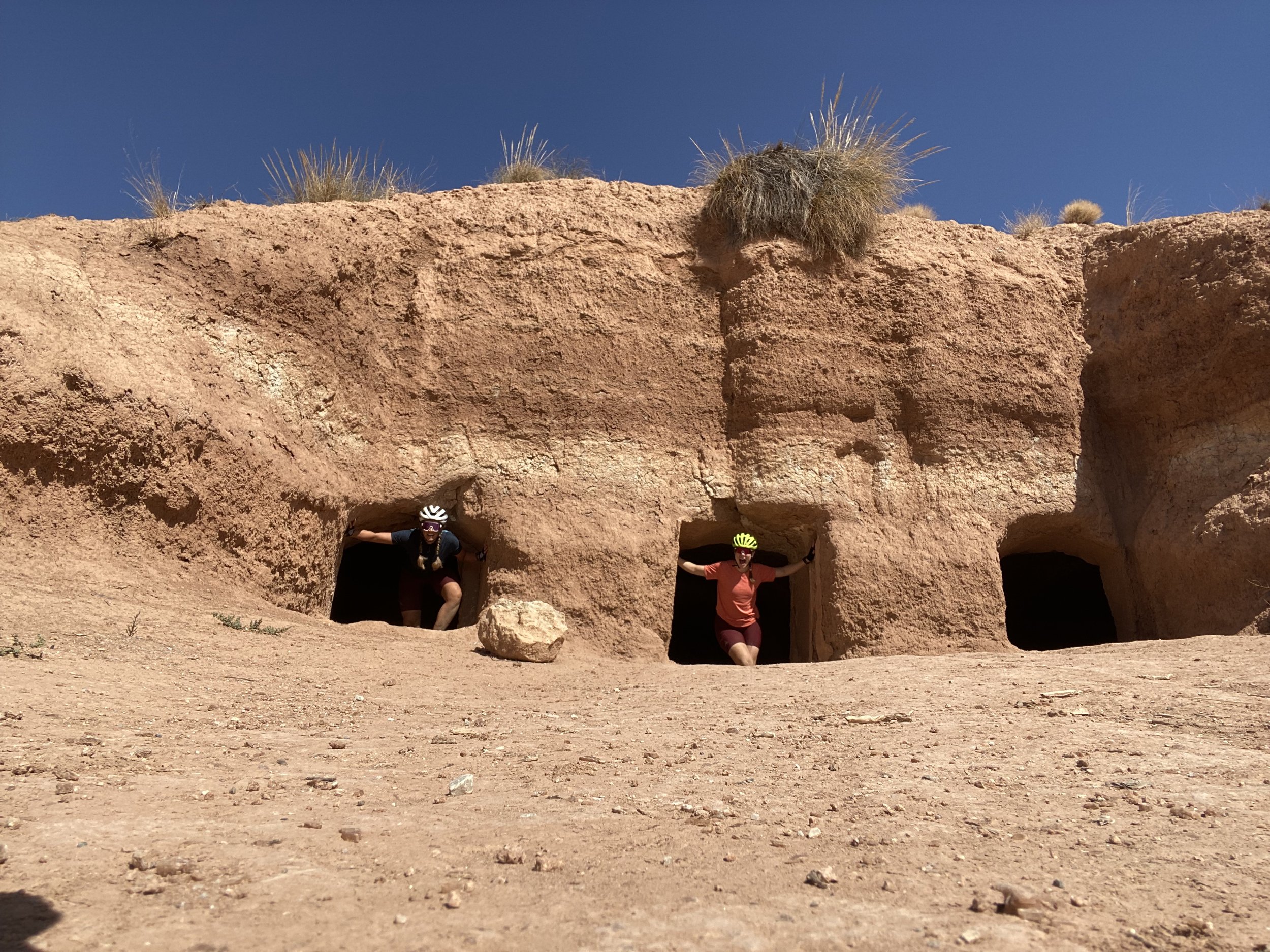




Destination: Benalua Distance: 97km, elevation gain: 2080meters, surface: 62% unpaved
We woke having to already adjust our intentions for the day. Our first day in the saddle was big, and we were unsure how long it would take to reach our next hotel. Plus we ran out of time the previous night to test ride the bikes and gear for any unseen airline damage. What we intended was an early start, giving us the most possible daylight hours for riding. But what we did was fall asleep having wrongly assumed the combination of jet lag and nervous anticipation would guarantee a restless night and inevitable early morning, so we chose not to set an alarm. That was unfortunate.